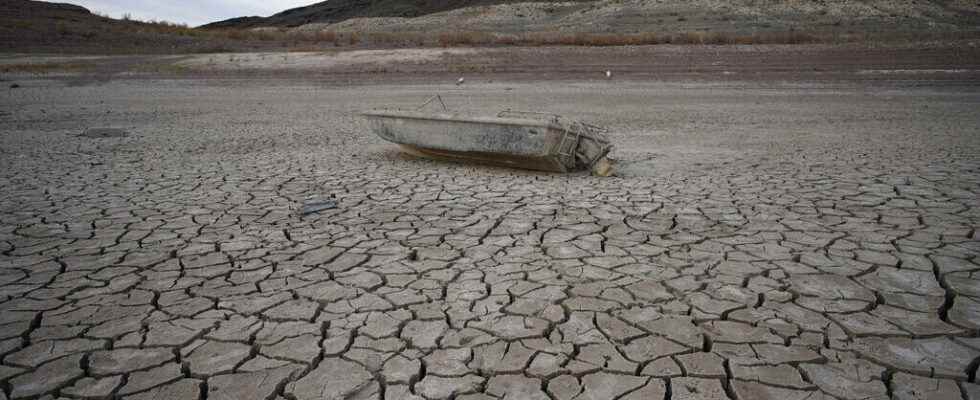Towards new water restrictions in the western United States and Mexico. A historic drought is affecting the Colorado River Basin and supplies are at an all-time low.
With our correspondent in the United States, Guillaume Naudin
The level of the Colorado River has been falling for twenty-three years now. The reason: global warming. Temperatures are higher and water evaporates more. There is less precipitation in summer and winter, and it does not compensate for the increasing use of water by growing cities.
Produce the fruit
Agriculture is also a major consumer. It takes a lot of water to produce fruit for almost the entire country. As a result, the main reservoirs, Lakes Mead and Lake Powell, are filled to just over a quarter of their capacity. In fact, they are no longer very far from the limit below which it is no longer possible to produce electricity.
Grace period
The Colorado Basin provides water to forty million people in seven US states and Mexico. Next year, after a first year of restrictions that led to declines in agricultural production, Arizona, Nevada and Mexico will have to further reduce their consumption. And it may not be over. Faced with the urgency of the situation, the States concerned were asked to find a negotiated solution to reduce their overall consumption. They did not succeed. The federal state has granted them a grace period to agree before imposing possible new restrictions.
►Also read : United States: a pipeline to water golf courses in the middle of the desert? (March 22, 2021)
